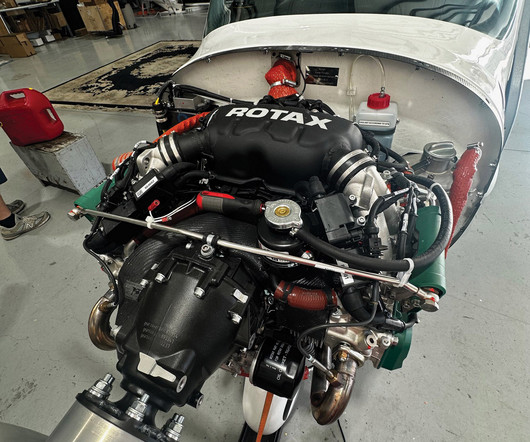The Hazards of Aircraft Icing: Explained
Pilot Institute
NOVEMBER 1, 2024
Remember that wings, propeller blades, and tail surfaces are airfoil-shaped. Ice build-up on the airframe changes the airflow pattern around these airfoils. It most commonly forms on the leading edges of your aircraft, including the wings, tail, and horizontal stabilizer, as well as on the propeller blades and pitot tubes.











Let's personalize your content